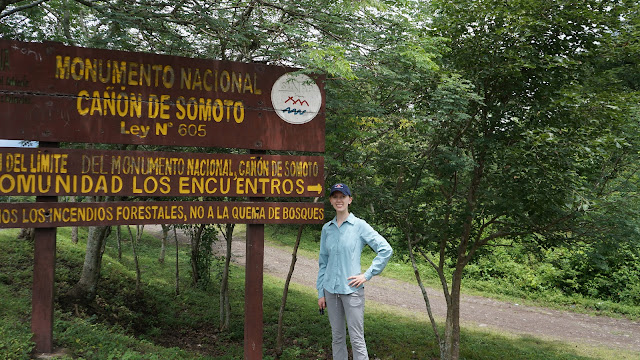Accounting and Record-keeping for Young Rural Entrepreneurs in Northern Nicaragua
By Megan Roberts, F2F Volunteer
Back in the United States I recently was hired by the University of Minnesota as an Extension Educator in Agricultural Business Management, and previously I taught agricultural economics and farm recordkeeping for five years to community college students. My husband is a full-time farmer, and as much as possible, I participate our farming operation. I know the importance of keeping track of farm expenses and income not only because of my day-job, but because I am a farmer, too. Farm recordkeeping actually excites me (which is not normal for most people), so I jumped at the opportunity to participate in this specific Farmer-to-Farmer experience.
After arriving in Nicaragua and collaborating with my Fabretto hosts, we decided to focus on creating a basic income and expense transaction register with a chart of accounts and enterprise allocation for students and farmers to fill out to record their farm finances. The system is paper and pen based for practicality purposes. This system allows for calculation of total cost of production, cost of production by category, net cash profit, and if students and farmers keep track of personal hours worked, net cash profit per hour. One of the highlights of my last two weeks was at the end of a workshop when a student started critically applying the recordkeeping concepts to his own farming project. I had asked the class, “What might you do if you realize at the end of the production cycle, that even though you made a net profit, that your net profit per hour was very low?” The student answered that he could try to find ways to make his labor more efficient or analyze which expenses might be lowered without lowering income produced. It was the perfect answer from a young student of agriculture! It was clear he had learned a lot previously in his Fabretto agriculture classes from his local tutors (and maybe even a little from me during my workshop, too).
For the workshops with Fabretto staff and the president of a local women’s cooperative, we transitioned the record-keeping to Excel and also looked at incorporating income statements, balance sheets, and cash flows. The biggest challenge here was making sure I was working in harmony with formatting and wording of financial statements, the tutors were already using. Overall, this has been a great experience, and I encourage anyone with agricultural expertise to consider volunteering for Farmer-to-Farmer.




.png)

Comments
Post a Comment